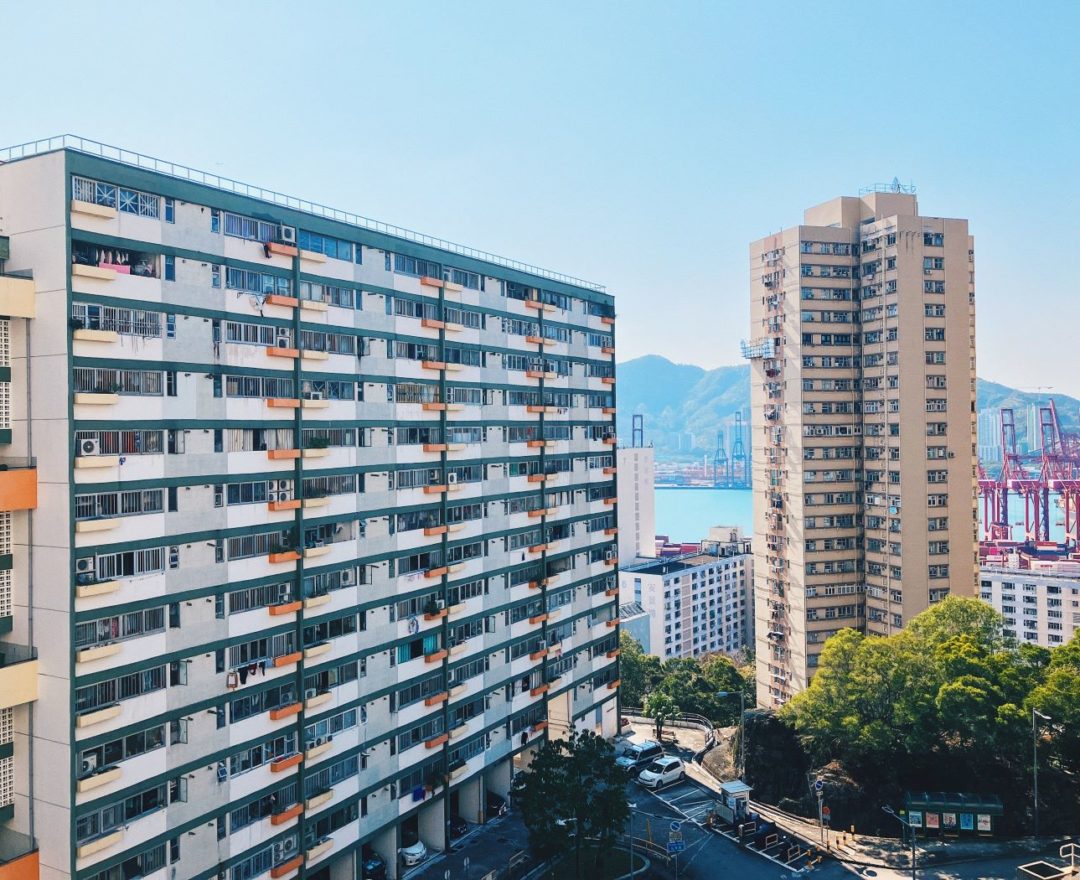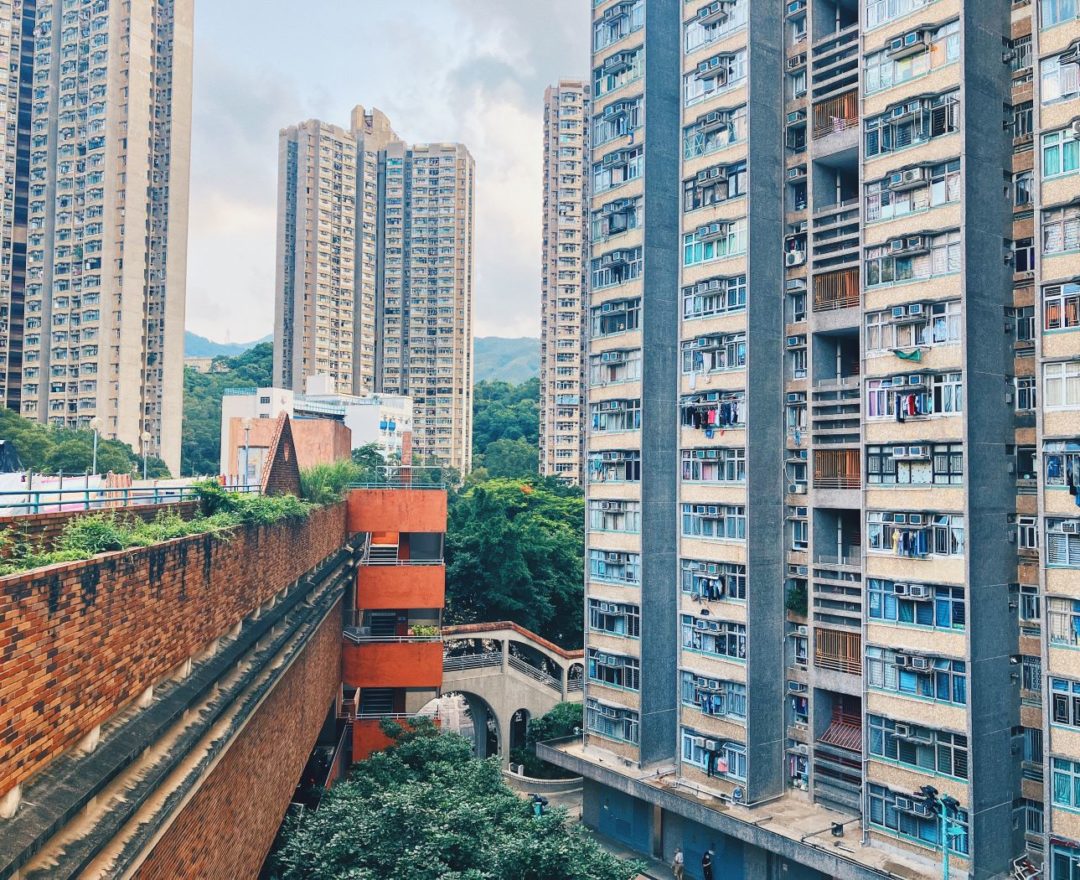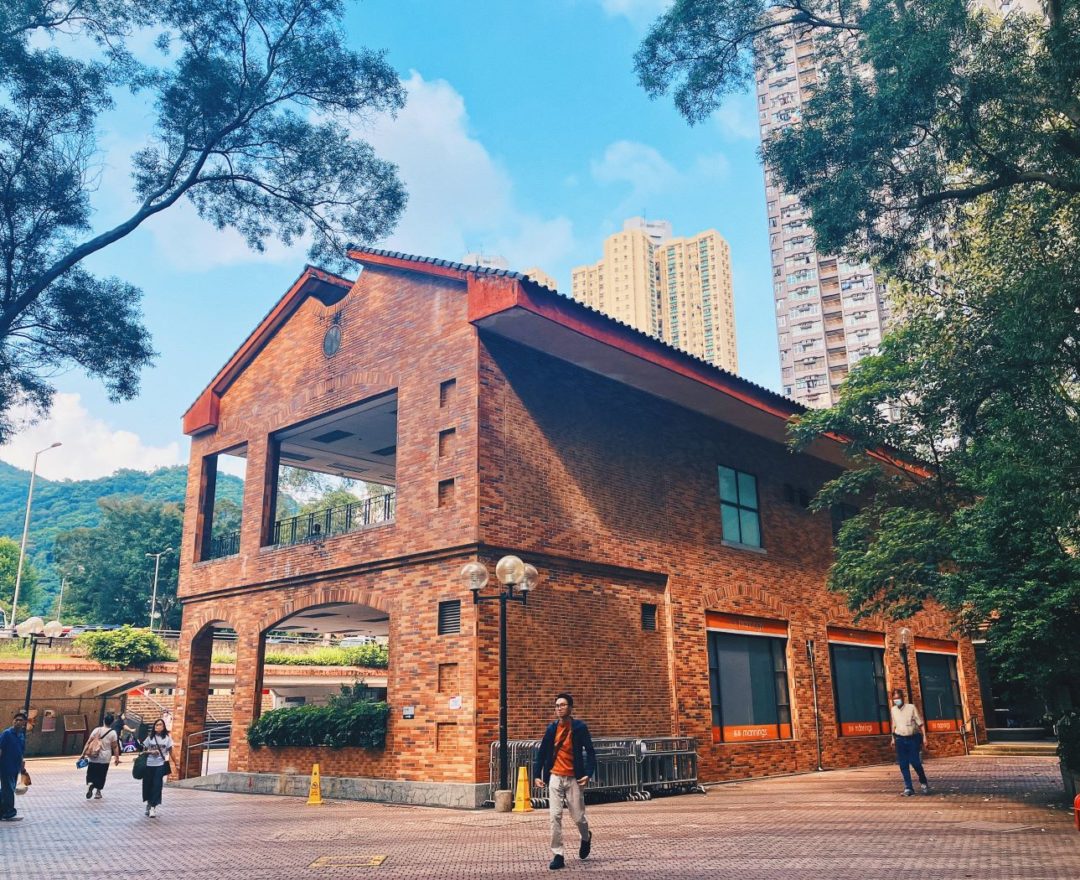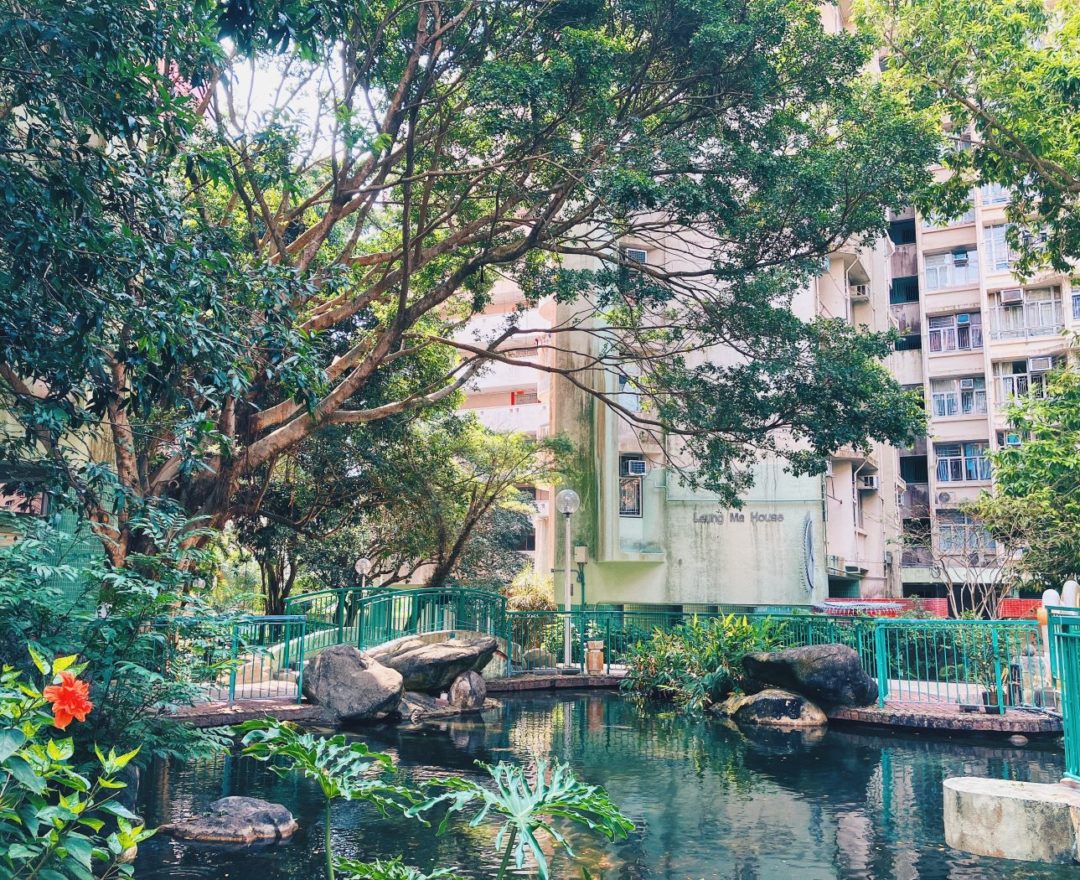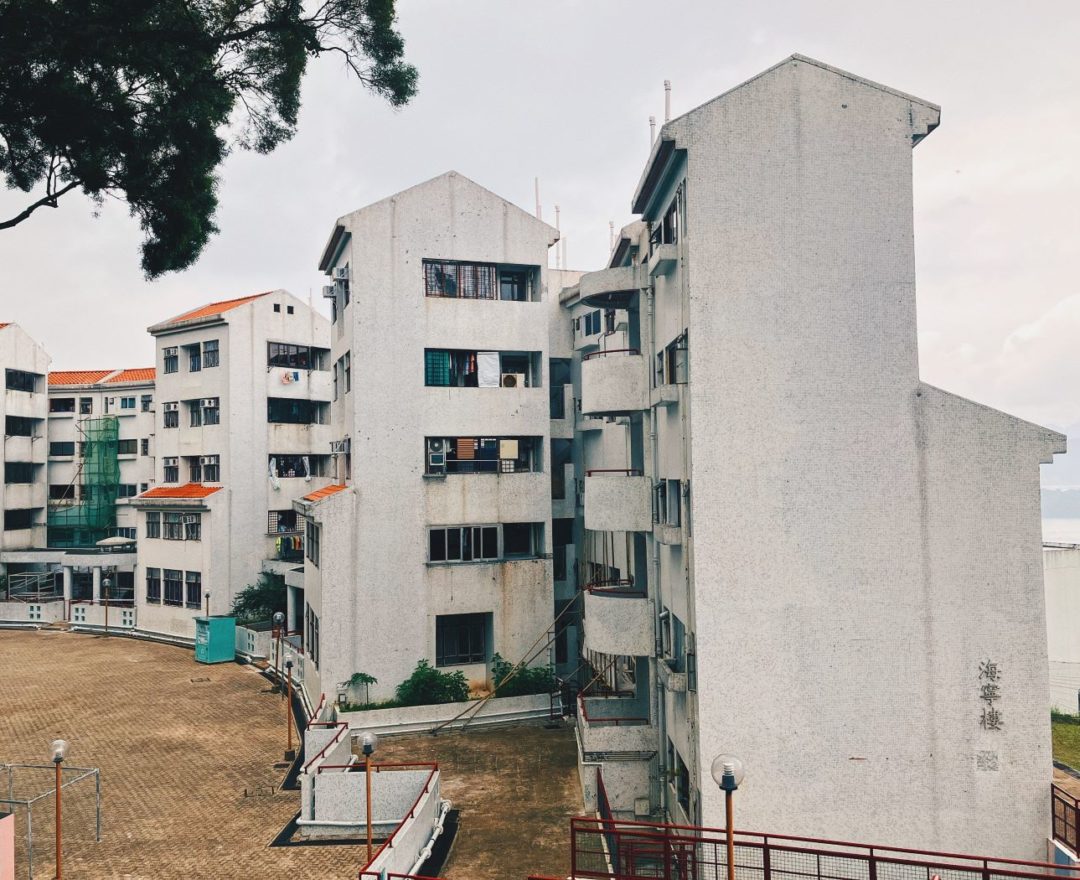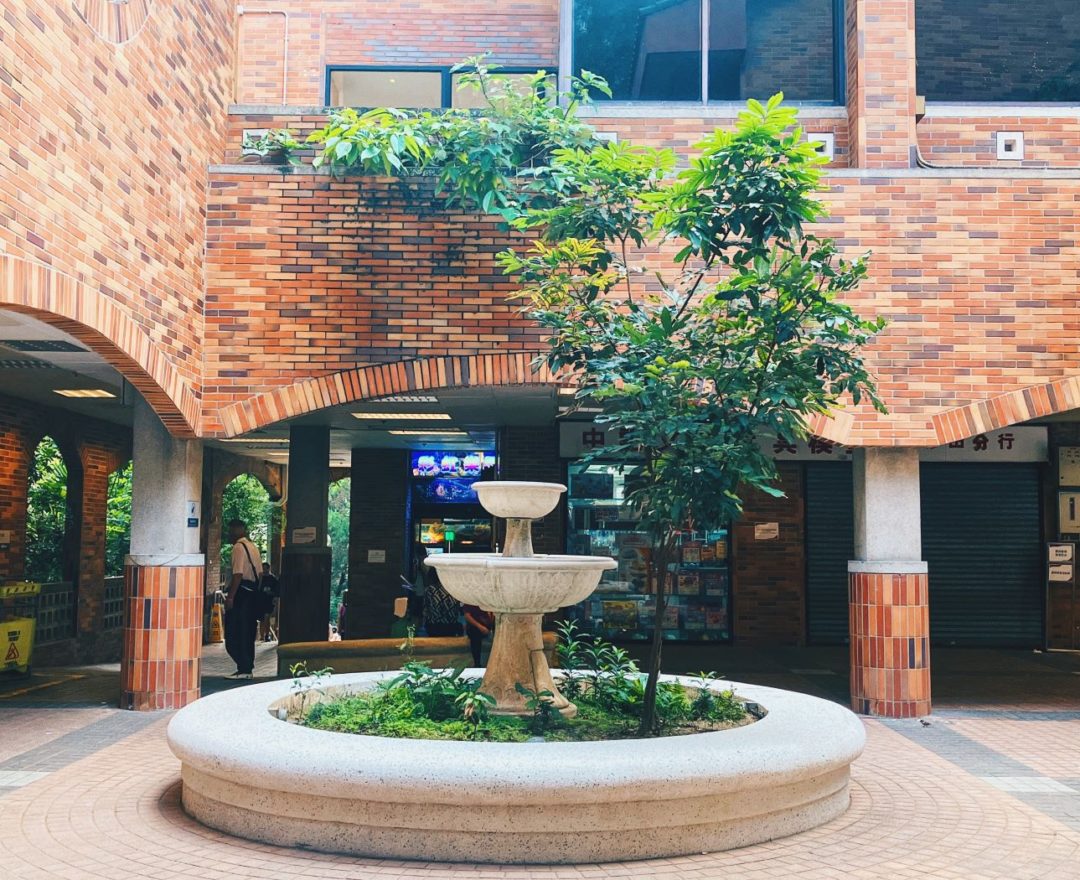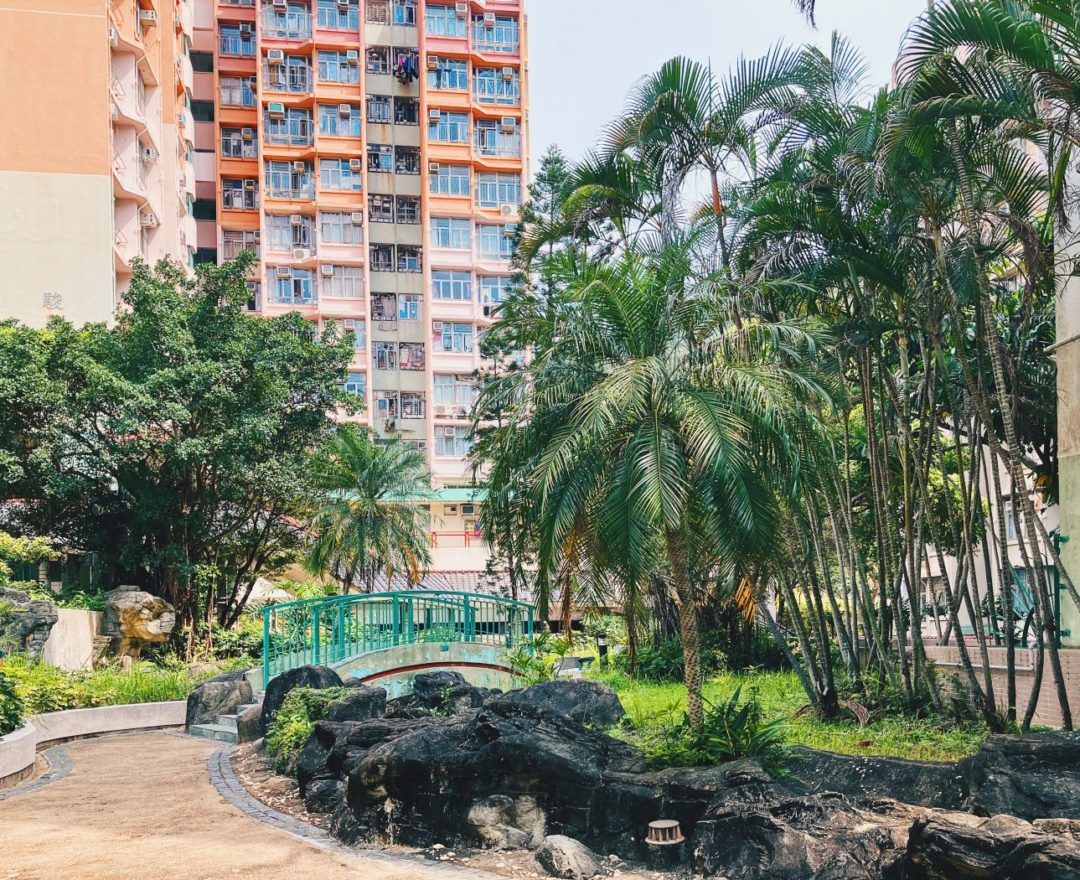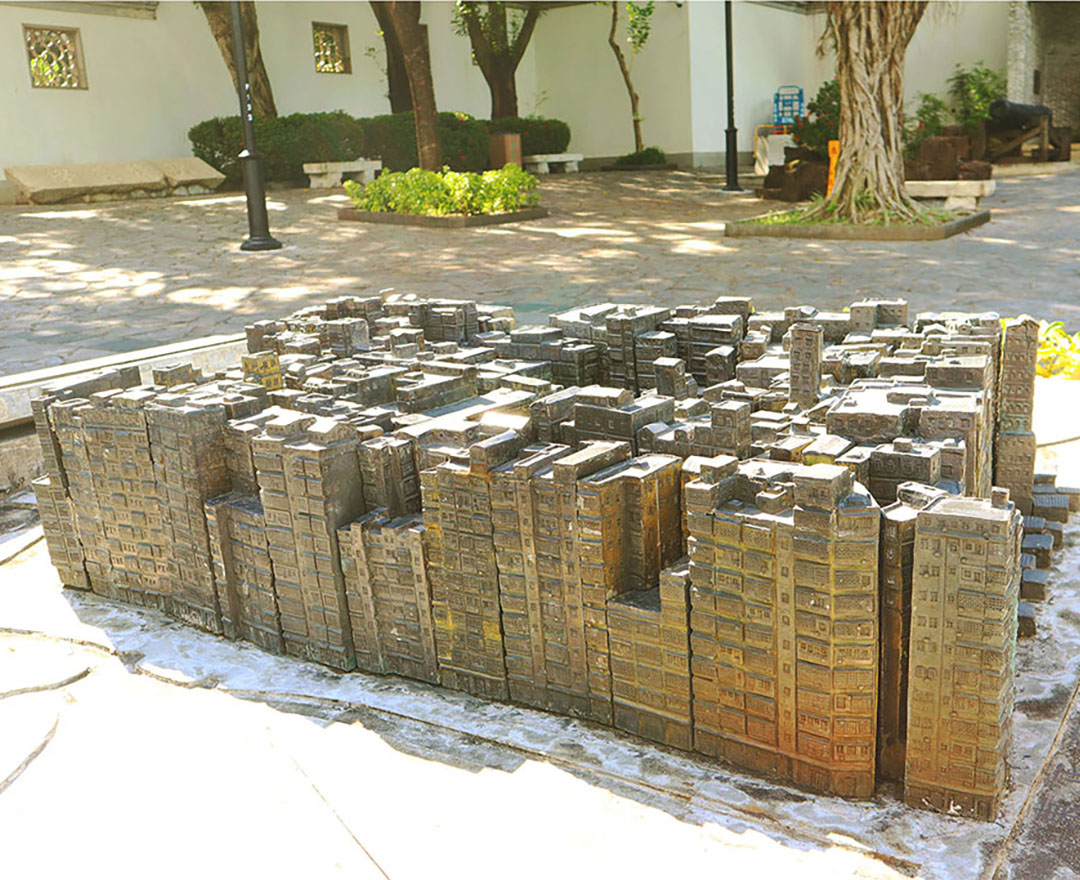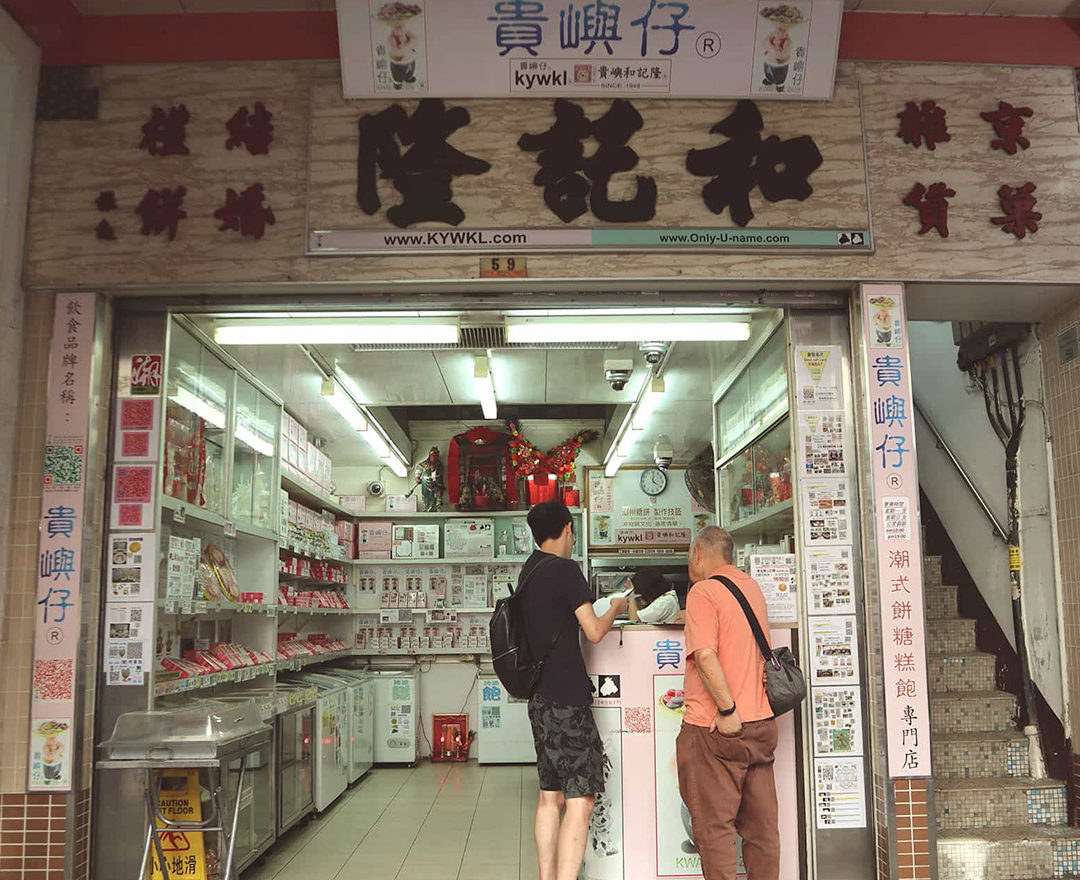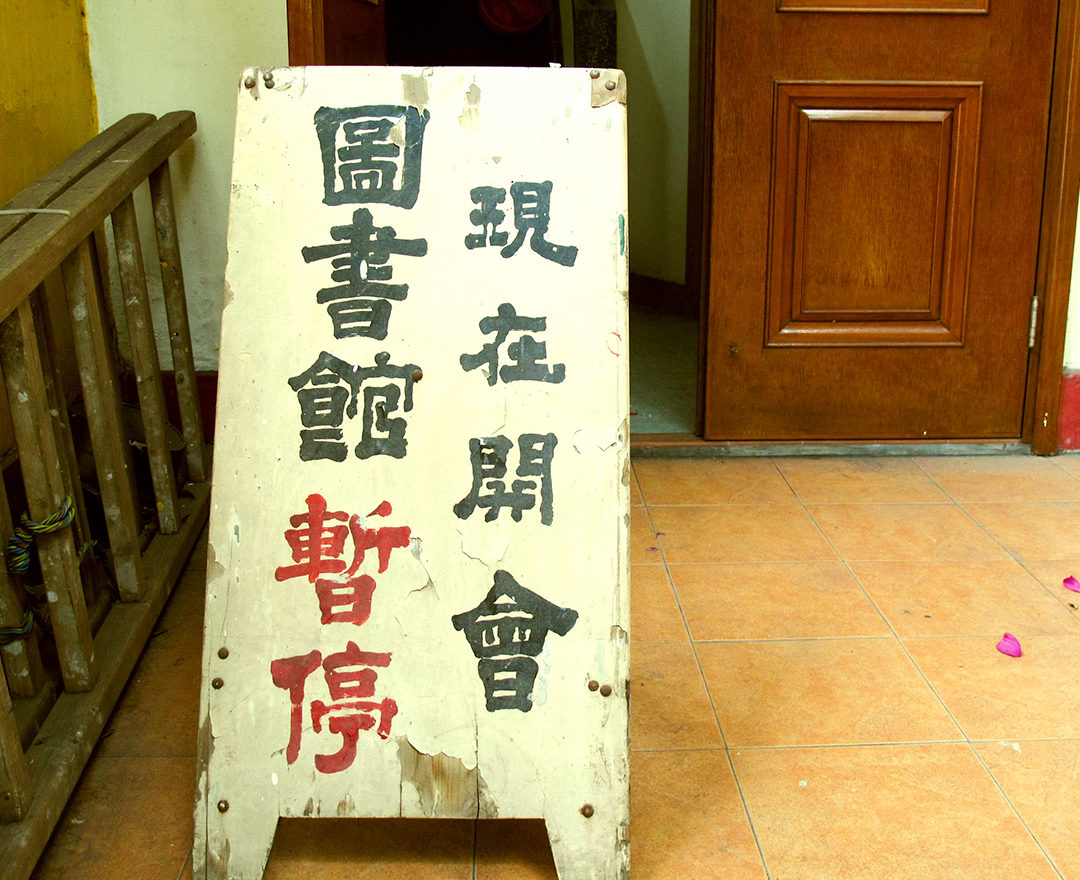Public housing estates are an important type of housing in Hong Kong, as one-third of Hong Kong residents live in public housing. Many have similar experiences and are proud and fond of public-housing life. Aiko is one such person. Having grown up in a public housing estate and feeling the constant change in the community, Aiko set up a Facebook page last year named ‘Spontaneously Wandering Around Hong Kong’. She aims to visit 258 estates throughout Hong Kong and document each through photos and words.
A year later, Aiko has visited more than half of the housing estates, published more than 100 articles, garnered more than 10,000 followers and netizens often leave comments with their own stories and details of housing estates. Some share their first-hand experiences, and some lament that the newer housing estates are not as good as the older ones. Aiko had not expected her posts to resonate so much with others, and it prompted her to carry on writing. She says that her page had started out as check-ins of her leisurely strolls around Hong Kong. One day, passing through Choi Yuen Estate in Sheung Shui, she noticed something different: there were fewer parallel importers and more residents and children. That inspired her to write down how she felt, not expecting how exceptionally well the post would be received. ‘This is why I wander around housing estates. I want to document them while I can, because it’s hard to say what they will turn into in three to five years or even in just a year.’
New and old
Hong Kong is an ever-changing city, but some housing estates seem to be relatively untouched by time and have instead gained a sense of nostalgic beauty. From the building exteriors and public spaces, you can still feel the thought and care that the architects have put in. For example, Lai Tak Tsuen, Lok Wah Estate, Choi Hung Estate, and Kwong Yuen Estate all have their own characteristics. Having travelled around, Aiko has her personal favourites too. She is especially fond of Kwong Yuen Estate, which has red brick walls, and Cho Yiu Chuen, which is known as the most beautiful housing estate in Hong Kong. ‘Kwong Yuen Estate is very beautiful. It has a clock tower, a shopping centre made up of small houses with brick walls, and a dried-up pool. It has a really complete design.’ Cho Yiu Chuen, on the other hand, is famous for its diverse design and ample public space. Its eight buildings, all built along the hill, are well-arranged with different heights and exude comfort. But there is a gap sometimes between beauty and practicality. Hin Keng Estate in Tai Wai, for example, has a continental feel to it and even has a circular ramp in its shopping centre. Aiko was struck by its specialness on her first visit. ‘But the residents complain about issues with practicality: there is only an escalator for going up, and only stairs are available for going down. With the shopping centre’s open design, it’s hard not to get wet when it rains.’
What’s old is not necessarily good, and what’s new is not necessarily bad. Since the 1990s, most of the housing estates in Hong Kong have been dominated by harmony blocks, which may seem rather samey. But when you look more carefully, there are surprises to be found too. For example, the design of Kin Ming Estate, built in 2003, incorporated its history as the former Tiu Keng Leng Cottage Area, and has a solar system theme. Kai Ching Estate and Tak Long Estate, located in the Kai Tak Development Area, were also designed with Kai Tak’s history in mind. The playground has elements of the old airport, and the housing estate features many aircraft-shaped facilities and old photos.
‘As you go and explore, you’ll find that the new housing estates have done a good job in greening, and there are some really thoughtful details.’
Change and constancy
Once Aiko starts doing something, she strives to do it well.
When she passes by a housing estate, she goes in and takes pictures. When she’s bored, she gets on a bus and picks a housing estate to wander around. When she has time off, she visits several housing estates in a row and walks until her legs give out. Most of the time, she goes with spontaneity, not planning. But it turns out that there are some housing estates you cannot just visit when you feel like it. Sha Tau Kok Tsuen, for example, is in a restricted area and requires a Closed Area Permit for entry. You also need a lot of time and the right mood to go to Ma Hang Estate in Stanley and Tui Min Hoi Chuen in Sai Kung. Housing estates on the verge of redevelopment, such as Ma Tau Wai Estate and Chun Seen Mei Chuen, also pose a challenge.
Aiko has a schedule in mind too. She prioritises the housing estates that will soon be redeveloped or renovated, in hopes of documenting these precious cultural relics. Recently, it has come to some netizens’ attention that with the renovation of one McDonald’s after another, Ronald McDonald statues have become a rarity: the last one left is in the Shek Wai Kok Estate branch. That branch is also undergoing renovations, leaving many people wondering the fate of the statue. ‘Hong Kong just changes so fast, unlike Europe or other countries that make room for century-old buildings. I want to do my best to create records. I don’t want to be filled with rue and regret when things become completely unrecognisable.’
You may not think 258 housing estates are a lot, but each one contains different people and stories and is an important part of the city. Halfway through her journey, with many distinctive housing estates still to come, Aiko hopes to connect people’s love for the city and the community through words and photos. ‘It’s been a great motivating force. I enjoy doing this very much, and I’ve come to know the community better,’ she says.

